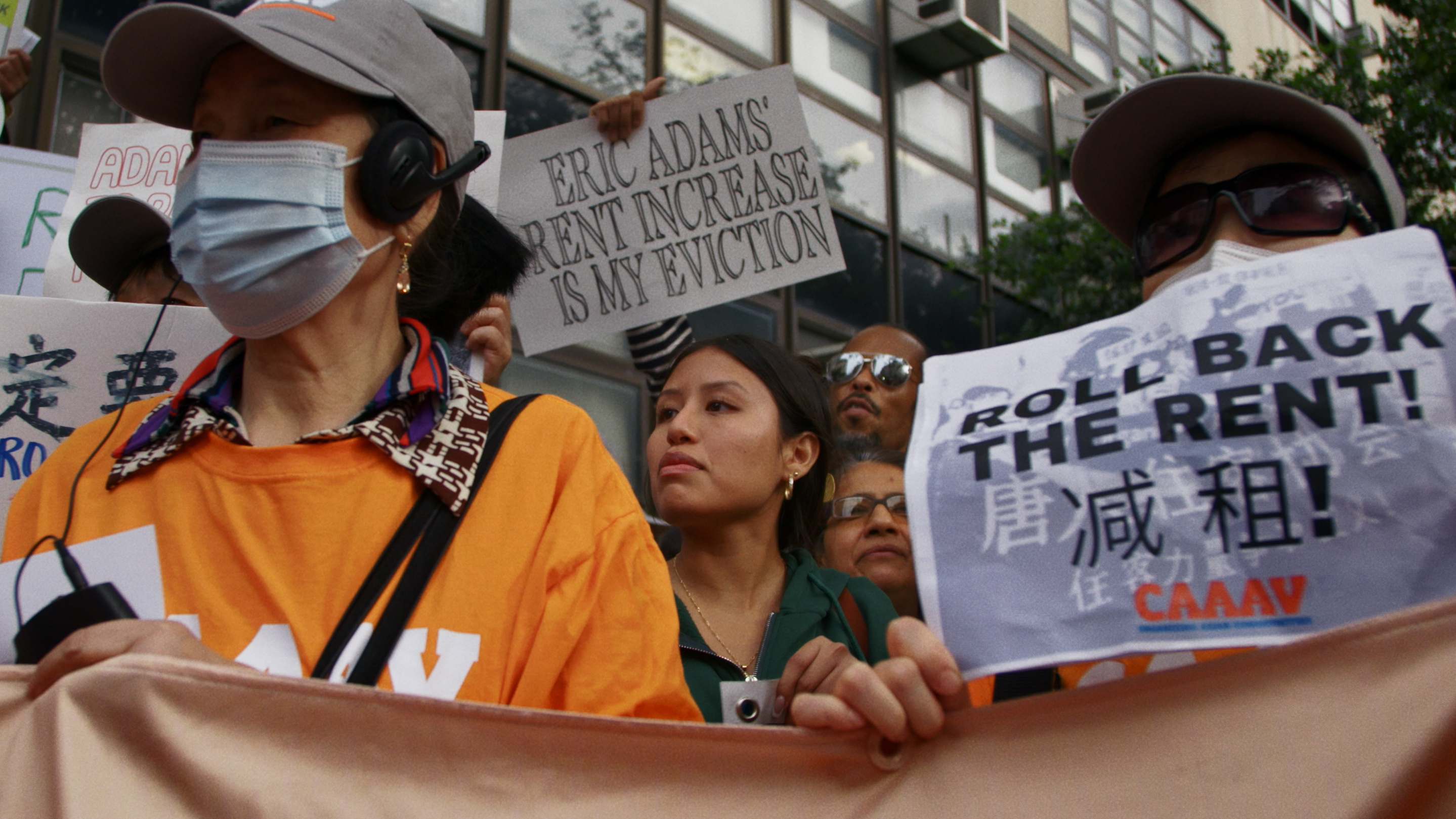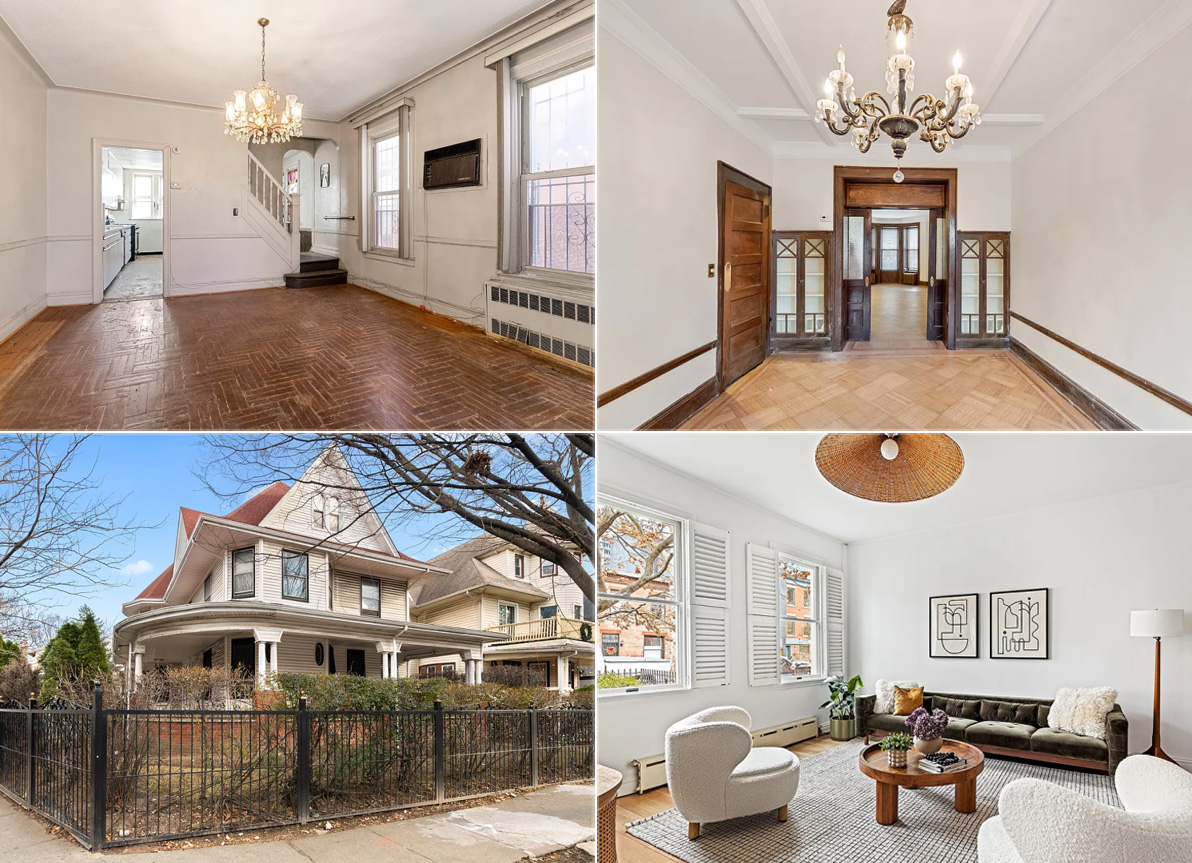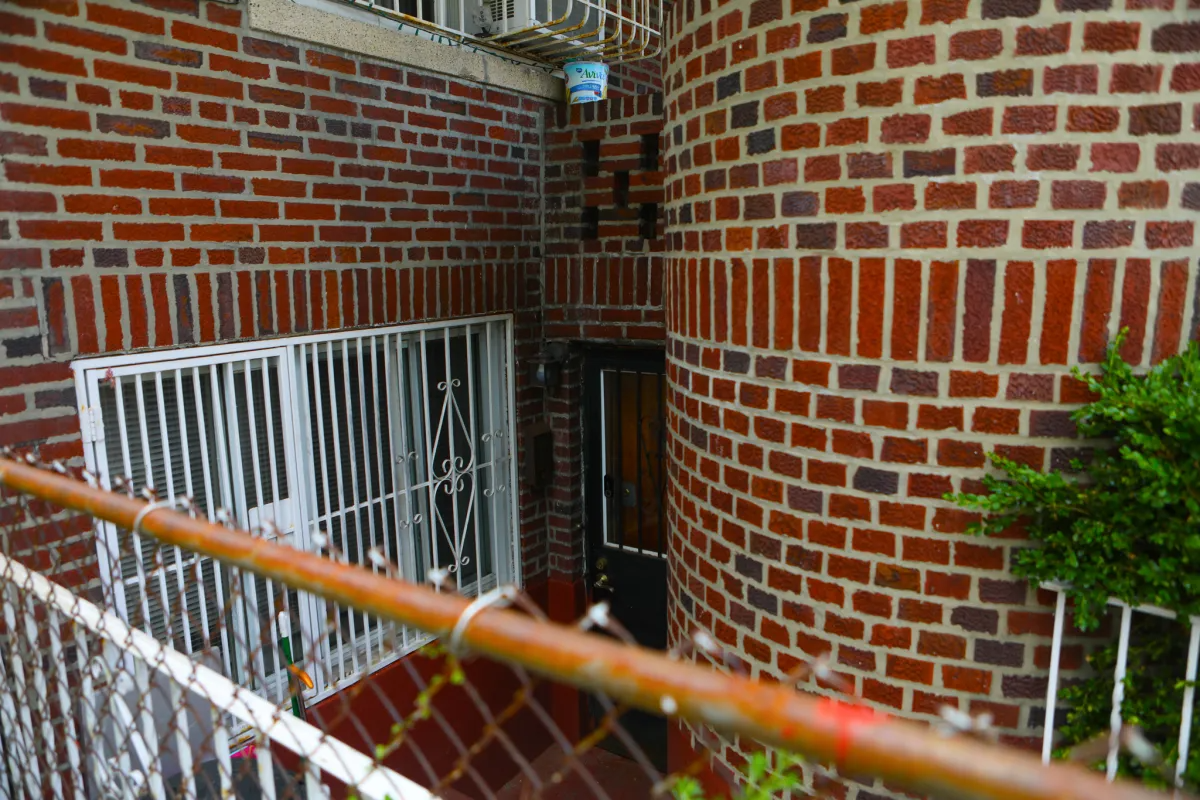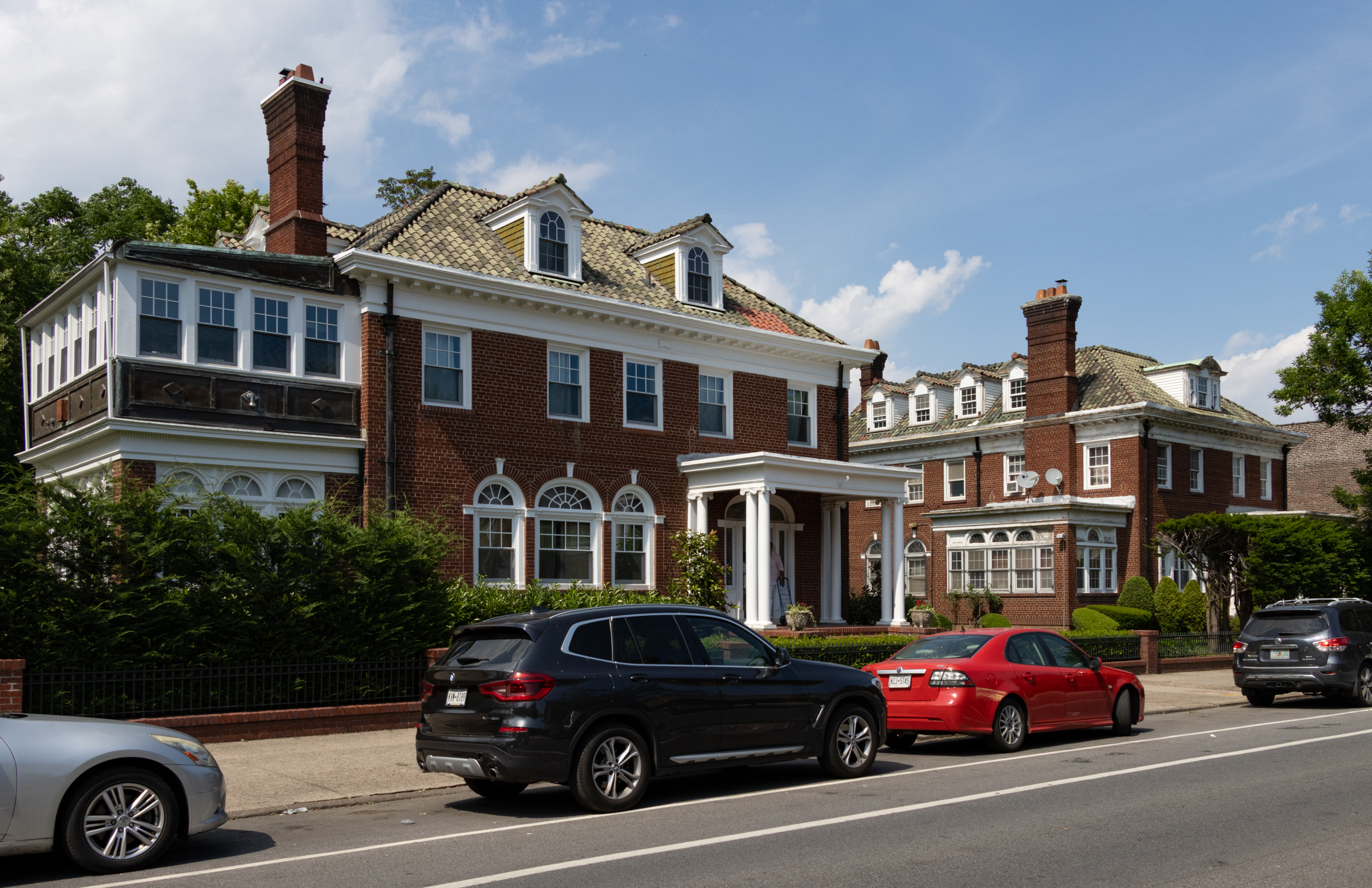Inside Third & Bond: Week 34
Today the Third & Bond crew contemplates the financial impact of making, or not making, the 421-a deadline later this year. With the flowers in bloom (tra-la-la) and sunny 70-degree days here at last, it finally feels like spring. In not too long the City’s 421-a office will start stamping applications, rejected and we’ll all…


Today the Third & Bond crew contemplates the financial impact of making, or not making, the 421-a deadline later this year.
With the flowers in bloom (tra-la-la) and sunny 70-degree days here at last, it finally feels like spring. In not too long the City’s 421-a office will start stamping applications, rejected and we’ll all know the last residential projects in brownstone Brooklyn to squeak through before the 421-a deadline. Although DOB is still sitting on our underpinning permit making it impossible to pull the approved new building permits, we aren’t worried about missing the June 30th deadline (yet).
The 421-a abatement for this project means a considerable difference in taxes our appraisal put the value of the abatement for the project as a whole at $2.7 million. For the buyer of a typical two-bedroom at Third & Bond, we estimate monthly taxes of $63. If the project did not have a 421-a exemption, monthly taxes would be more like $909, a whopping increase of $846/month.
Yikes, right?
If this buyer wanted or had to keep the same monthly carrying costs, then the price she would be willing to pay for the unit without 421-a tax abatement would be substantially less than for the same apartment with 421-a. In other words…
…the $846 in higher taxes equates to a $140,000 mortgage in terms of self-amortizing mortgage payments and so the sales price would have to decrease to make up for the higher taxes, if she wanted to keep her mortgage and carrying costs at 421-a levels.
We were struck by this huge differential in taxes on a condo with and without 421-a and were curious what taxes would be if our prospective buyer walked down the street and bought a comparable co-op as a resale. Our sources tell us that for a similarly sized two bedroom co-op, taxes might average $314.
So, buyers of very similar units could be faced with property taxes of $63 or $314 or $909 each month. These huge swings are due in part to the variation in how properties are valued for tax purposes.
Both co-ops and condos are valued by the City as if they are rental buildings, i.e., assessors come up with the value of a given co-op or condo by looking at comparable rental buildings. But a comparable rental building for a co-op is typically an older building with some rent stabilized tenants whereas a comparable rental building for a condo is typically a newer building with market rate rents. See, most co-ops are older buildings built 30-100 years ago. Many were rentals converted to co-ops in the last couple of decades. Most condos were built in the last 15 years and so missed the Great Rent Stabilization era. It’s pretty silly virtually the same building will have wildly different values depending on whether you are calculating from a baseline of rent stabilized income or market rate income. The result is that property taxes generally run lower for co-ops than for condos without 421-a.
If there wasn’t this difference in the way co-ops and condos are assessed, then there probably wouldn’t be a need for 421-a in the first place. But now that we’ve had it, the marketplace has a lot of variation in it that impacts buyers and sales prices.
Without 421-a, we would face the pressure to lower sales prices across all units in order to be competitive with the co-ops and condos-with-421-a and that would have the potential to change our project drastically. We might opt for different design, floor plans, and finishes in order to either cut costs or to make the project extremely high end. Or, we might not do the project at all.
And if we knew making the 421-a deadline wasn’t feasible… well, the property might not have been compelling in the first place. Think about it from the previous owner, the Vitanzas’, point of view: purchase offers would have been substantially less to account for the difference in sales prices. Would those purchase offers still have made it worthwhile to pick up shop and move to Red Hook or would it have been better to sit on the property for another couple of years? Would the Vitanzas still be operating their plumbing business on Third St—leaving the land underutilized as two vacant lots with two relatively small industrial structures?
This isn’t just an empty exercise: when the 421-a deadline passes on June 30 the value of land in the newly excluded area will change dramatically (we think). The questions are by how much and for how long.
Fortunately, there are months of sunshine before that happens so at Third & Bond we’ll be making as much hay as we can.
Inside Third & Bond: Week 32 [Brownstoner]
Inside Third & Bond: Week 31 [Brownstoner]
Inside Third & Bond: Week 30 [Brownstoner]
Inside Third & Bond: Week 29 [Brownstoner]
From our lawyers: This is not an offering. No offering can be made until an offering plan is filed with the Department of Law of the State of New York.”





For starters, most of you need a time out.
As for some substantive comments;
Mr. Hancock, we look all over for development projects and are currently developing in Pike County, PA, New Haven and 5-6 sites in Brooklyn as an example of some of our projects. If you’ve got a great project, send it our way.
Guest 2:50, here’s our math: The appraisal came in at $75/sf, with a 12% tax rate, the fully assessed rate will be approximately $9/sf/year or $0.80/sf/month which equates to $900. However, if you want to buy the unit for $2 million, please contact us.
Guest 4:49, we could do an 80/20 condo to retain 421-a, but we would lose 20% of the value of the project. Thus our comment that, if working backwards, the land value would suffer a 20% decrease.
Congrats 4:49 – that was the first comment with substance on this entire posting. Hopefully David Kramer will respond, but in case he doesn’t, here’s my take on your question. In general 80/20 projects only make financial sense in high-rent neighborhoods. That’s one of the reasons that you see 80/20 projects in Manhattan, but they are very rare in Brooklyn. I believe that recently there have been a couple planned for downtown brooklyn. But clearly, 3rd and Bond is not a high rent neighborhood and it would actually surprise if the prices that can be achieved in this neighborhood would justify some sort of 80/20 structure. Also, a key component of 80/20 projects is the tax free bonds that can be used to finance a large portion of your construction costs. These lower your borrowing costs over conventional bank financing. Unfortunately, there is a cap as to how much bond financing the City and the State can allocate in any given year and right now, the City and State are both tapped out.
“Without 421-a, we would … change our project drastically. We might opt for different design, floor plans, and finishes in order to either cut costs or to make the project extremely high end. Or, we might not do the project at all.”
What the poster is forgetting is that 421-a is not gone. It’s still available for projects that set aside a portion (20%?) of the units at affordable rates. If it’s really that valuable, would it not be worth it to set aside a few units for those making $40k to $75k per year? Instead of making crappier housing that I hope you would also have to sell for less, why don’t you create an opportunity for someone with a little less dough and preserve your profit on the bulk of you project? It should pay for itself.
This is not a rant, but a question. I’m genuinely interested in why this thought appears not to have occurred to you, or if it has, why it does not seem to be a good option. Please respond.
Oh, poor johnife got served. Boo hoo hoo. Go cry in your widdle binkie. Wahhhh, three letter words in the middle of an insult attempt at someone’s language skills are too difficult for johnife. HAHAHAHAHAHA!!
johnife, now let me explain something to you…since it seems you’re the one who has trouble with one-syllable words, I think you should seek out a highly-rated ESL course. Are you learning anything yet, loser? Should I spell that out for you since it’s likely beyond your threshold of understanding?
HAHAHAHAHAHAHAHAHA!!!!!!!
Biff,
I was saving the “a” for this: Asshole!
“(though my use of words beyond your one-syllable threshold of understanding my still leave you baffled).”
johnife, if you’re going to attempt to insult someone’s comprehension, perhaps you should learn to speak properly yourself. Since you’re too stupid to understand this, I’ll point out that surely you meant to say “MAY still leave you baffled”. HAHAHA!!! Try again, LOSER!!
Wow, big mouth 1:18 (aka 12:32 and 1:03), where is this great discussion you were all going to have once I departed? So does letting you have your own little corner of the blog mean you all sit around silently? I love when people tell others to leave and then proceed to say nothing – I guess lame guest insults is your thing. Pathetic.
If you dont like the topic, dont read the posting.
The 421 exemption results in a low property tax but oonly for a set number of years. Maybe 12. But the posting is incorrect at what the un-abated taxes would be. 900 per month would mean that each unit is assessed at nearly 2 milllion market value. WHich does not seem correct. A unit like this should have a tax of about 400 per month not 900.
1:18, ok, I’m sorry, I’ll be quiet. Here, you have the floor and this little quiet corner of the blog. Go ahead and say something intelligent on this topic…